The Death of Yugoslavia Tour in Mostar offers a powerful and immersive exploration of the complex history that led to the collapse of the former federal republic. Situated along the Neretva River, this Bosnian city serves as a poignant backdrop, its historical sites reflecting the legacy of Tito’s socialist rule, the rise of nationalist tensions, and the devastating impact of the Yugoslavian War. From the physical scars of the conflict to the monuments commemorating its horrors, the tour provides a firsthand account of the demise of a once-united nation – a story that continues to shape the region’s present-day political and social landscape.
Key Points

- The tour explores Mostar’s historical sites that reflect the legacy of Tito’s Yugoslavia and the impact of the fall of communism.
- Visitors can learn about the rise of nationalist tensions and armed conflict that led to the Yugoslavian War and the devastation it caused.
- The tour showcases monuments and memorials that commemorate the Yugoslavian War’s ethnic cleansing, genocide, and use of concentration camps.
- Mostar’s unique architecture and the iconic Stari Most (Old Bridge) provide a glimpse into the country’s complex past and its diverse cultural influences.
- The tour highlights how Mostar’s historical sites serve as a reminder of the fragility of peace and the importance of reconciliation in the aftermath of conflict.
Overview of Yugoslavia

Yugoslavia was a socialist federal state that existed from 1918 to 1992, encompassing various South Slavic ethnic groups and territories in Southeastern Europe.
It emerged from the ashes of the Austro-Hungarian and Ottoman Empires and was initially known as the Kingdom of Serbs, Croats, and Slovenes. In 1929, it was renamed the Kingdom of Yugoslavia and became a socialist federal republic in 1945 under the leadership of Josip Broz Tito.
During the Cold War, Yugoslavia maintained a delicate balance between the Eastern and Western blocs, pursuing a policy of non-alignment.
However, the country’s fragile unity ultimately unraveled in the early 1990s, leading to the Yugoslavian Wars and the formation of several independent states, including Bosnia and Herzegovina.
You can also read our reviews of more tours and experiences in Mostar.
Tito and Communism
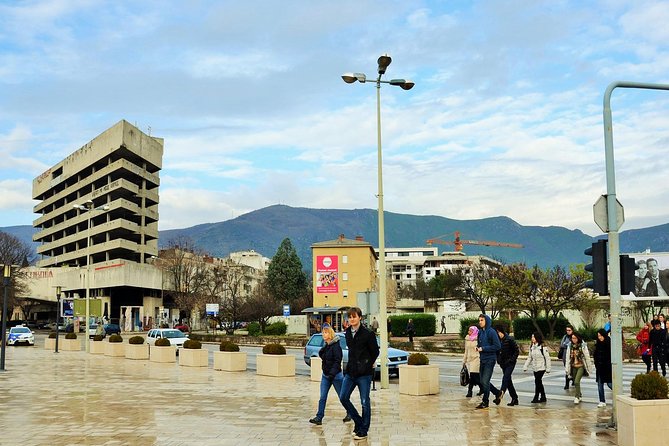
Josip Broz Tito, a prominent communist revolutionary, led Yugoslavia from 1945 until his death in 1980, establishing a socialist federal republic and maintaining a delicate balance between the Eastern and Western blocs during the Cold War.
Under his rule, Yugoslavia enjoyed relative prosperity and stability, with Tito’s policy of ‘non-alignment’ allowing the country to maintain autonomy from both the Soviet Union and the United States.
Key aspects of Tito’s tenure include:
- The suppression of nationalist movements and the creation of a multi-ethnic state
- The development of a market-based socialist economy
- Tito’s charismatic leadership and personality cult
Tensions between the constituent republics foreshadowed Yugoslavia’s eventual collapse.
Fall of Communism
The collapse of communist regimes across Eastern Europe in the late 1980s and early 1990s ultimately led to the dissolution of Yugoslavia as well. This marked the end of Tito’s socialist federal republic and the beginning of a tumultuous period of nationalist tensions and armed conflict in the region.
As the Soviet Union disintegrated, the various republics that made up Yugoslavia began asserting their independence, leading to a series of wars that tore the country apart. The rise of nationalist leaders like Slobodan Milošević further exacerbated ethnic divisions, resulting in the brutal Bosnian War and the eventual creation of the independent states of Bosnia and Herzegovina, Croatia, Serbia, and others.
The Yugoslavian War
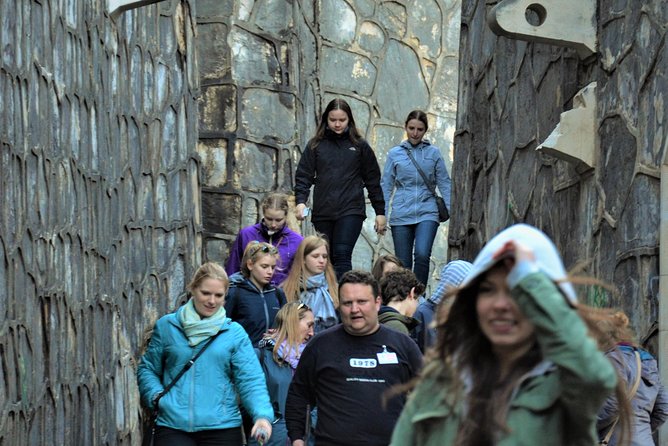
As the communist regimes across Eastern Europe crumbled, the various republics that made up Yugoslavia began asserting their independence, which led to a series of devastating wars that tore the country apart.
The tensions and nationalist movements that had been simmering for years erupted into open conflict, resulting in the brutal Bosnian War and the eventual creation of the independent states of Bosnia and Herzegovina, Croatia, Serbia, and others.
The Yugoslavian War was marked by:
- Horrific ethnic cleansing and genocide
- The siege of Sarajevo, the longest in modern history
- The use of concentration camps and mass graves
- The intervention of NATO forces to halt the violence
This turbulent period forever altered the geopolitical landscape of the Balkans.
Mostar’s Historical Sites
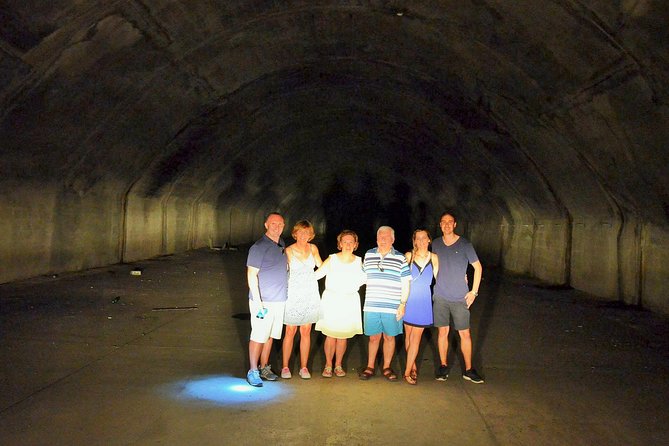
Nestled along the banks of the Neretva River, Mostar’s historical sites offer a poignant glimpse into the country’s complex past, serving as reminders of both its rich cultural heritage and the tumultuous events that have shaped its evolution.
The tour explores four significant landmarks, each with its own story to tell. Visitors will explore the legacy of Tito’s Yugoslavia, the fall of communism, and the devastating impact of the Yugoslavian War.
From the iconic Stari Most bridge to the remnants of military fortifications, these sites provide a tangible connection to Bosnia and Herzegovina’s history, inviting travelers to reflect on the resilience and perseverance of its people in the face of adversity.
- Neretva Kayak Safari
- Jewels of Herzegovina: Private Tour From Mostar
- The Death of Yugoslavia Tour in Mostar
- Full-Day Herzegovina Tour With Blagaj, Pocitel and Kravice Waterfalls
- Transfer Mostar to Dubrovnik With Kravice Waterfalls, Blagaj and PočItelj Tour
- Mostar Private Walking Tour – Where East Meets West
Tour Highlights
This tour offers several highlights, including visits to four sites in Mostar that are closely tied to Yugoslavia and the Cold War.
Travelers will explore the legacy of Tito’s regime, the fall of communism, and the devastating impact of the Yugoslavian War through expert commentary and a music presentation by a local guide.
The tour’s key highlights include:
- Exploring the historical significance of sites related to Yugoslavia and the Cold War
- Learning about Tito, the collapse of communism, and the Yugoslavian conflict
- Engaging with a knowledgeable local guide who provides insightful commentary
- Experiencing a captivating music presentation that complements the tour’s themes
This comprehensive tour provides an in-depth look at Bosnia and Herzegovina’s complex history, leaving participants with a deeper understanding of the region’s past.
Logistics
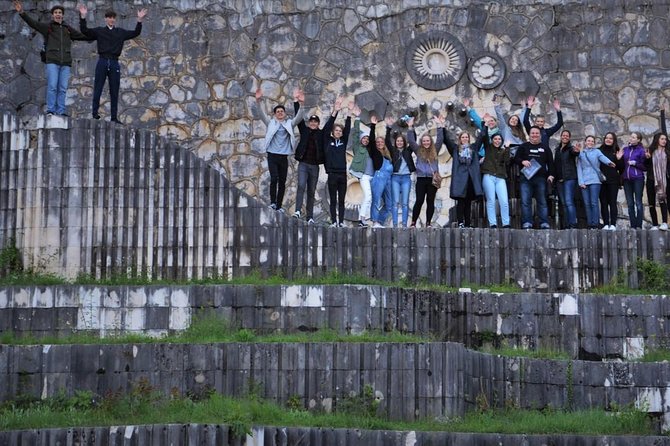
The tour kicks off at the iHouse Travel, located right in the heart of Mostar’s historic old town.
It runs for approximately 2.5 to 3 hours, with a maximum group size of 16 travelers.
Participants should be aware that the tour isn’t wheelchair accessible and isn’t recommended for pregnant individuals, though children are welcome when accompanied by an adult.
The meeting point is conveniently situated, making it easy for visitors to find.
Guests can expect a comprehensive and informative experience, with a local guide providing expert commentary and a music presentation throughout the tour.
The cancellation policy allows for a full refund if the tour is canceled at least 24 hours in advance, providing flexibility for travelers.
Accessibility and Pricing
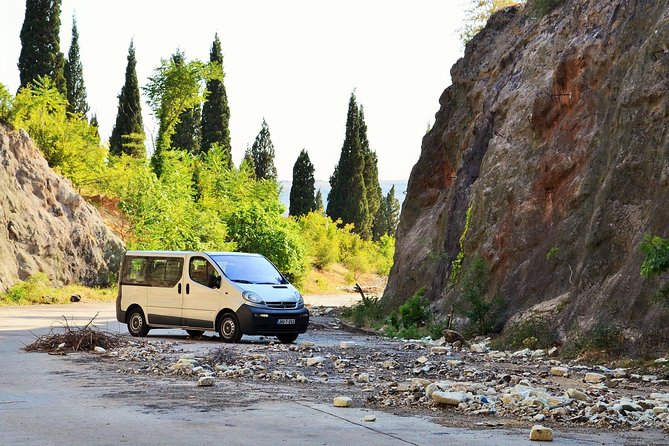
The tour isn’t wheelchair accessible, and it’s not recommended for pregnant travelers, though children are welcome when accompanied by an adult.
Pricing varies depending on the group size, but it includes all taxes, fees, and handling charges, excluding food, drinks, and hotel pickup/drop-off unless the option is selected.
The tour offers the following:
- Maximum group size of 16 travelers
- Full refund if canceled at least 24 hours in advance
- Expert commentary from a local guide with a music presentation
- Visits to four historic sites in Mostar related to Yugoslavia and the Cold War
Frequently Asked Questions
How Do I Get to the Meeting Point From My Hotel?
To get to the meeting point from your hotel, you can take a short walk or use local transportation like a taxi or bus. The meeting point, iHouse Travel, is conveniently located in the heart of Mostar’s old town.
Is Photography Allowed During the Tour?
Photography is generally allowed during the tour, but visitors should be respectful and avoid disrupting the experience for others. It’s best to check with the tour guide for any specific restrictions or guidelines.
What Happens if the Tour Is Canceled Due to Weather?
If the tour is canceled due to weather, visitors will receive a full refund. The tour operator’s cancellation policy states that travelers are eligible for a full refund if they cancel at least 24 hours in advance.
Can I Extend the Tour to Visit Additional Sites?
Yes, tour participants can extend the tour to visit additional sites related to Yugoslavia and the Cold War. However, this would incur an additional fee and require prior arrangement with the tour operator.
Is There a Discount for Students or Seniors?
Yes, the tour offers discounts for students and seniors. Eligible travelers can receive a 10% discount on the tour price upon presentation of valid ID. The discounts help make the tour more accessible to a wider audience.
Recap
The Death of Yugoslavia Tour in Mostar provides a poignant and eye-opening exploration of the region’s tumultuous past.
Visitors can witness the scars of war and the remnants of a once-unified nation, gaining a deeper understanding of the complex factors that led to Yugoslavia’s downfall.
The tour offers a sobering yet essential perspective on this pivotal chapter in European history.
More Tours in Mostar
More Tour Reviews in Mostar
Not for you? Here's more things to do in Mostar we have recnetly reviewed
- 4 Best Guided Tours In Mostar
- 5 Best Private Car With Driver Services In Mostar
- Pearls of Herzegovina: Blagaj, Pocitelj, Mogorjelo, Kravice Waterfalls and Medjugorje Day Trip From Mostar
- Mostar Old Bridge Traditional Diving Performance
- Safari Kayak Adventure W BBQ & Beer
- Private Transfer From Mostar Airport (Omo) to Jablanica
- Conquer the Highest Peak of Bosnia and Herzegovina on Maglic Mountain
- Private Transfer From Mostar Airport (Omo) to Blagaj
- Mostar Day Tour
- Absolute Herzegovina Adventure – Kravice Waterfalls, Sky Walk, Blagaj, Pocitelj
- Ancient Bosnian Pyramid of the Sun
- Going South Visit Dubrovnik in a Day Tour From Mostar
